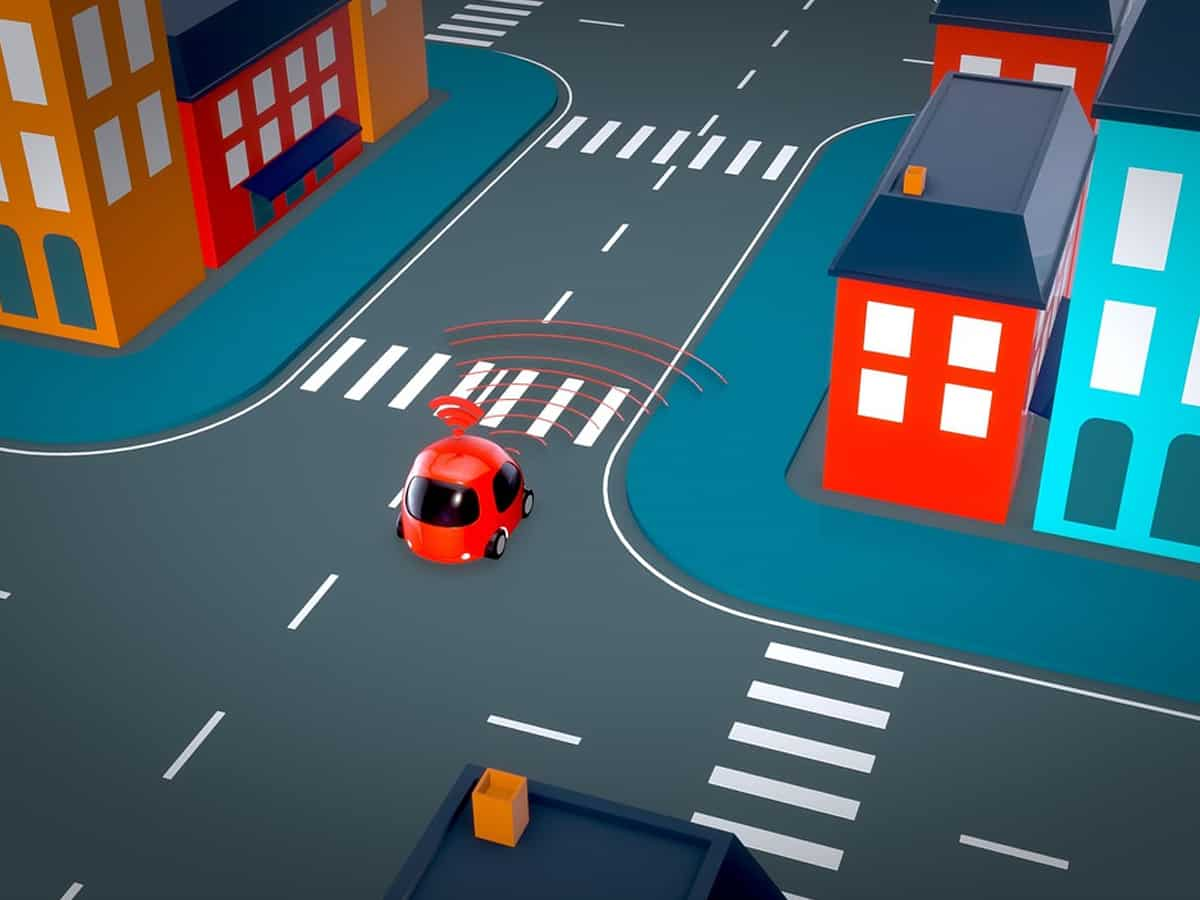Rise of autonomous vehicles – Implications on future of logistics

Reports suggest that autonomous driving could generate between $300 billion and $400 billion in revenue by 2035. New research indicates what’s required to succeed in the rapidly shifting passenger automobile industry. Also, a study found that increased use of advanced driver-assistance systems (ADAS) in Europe might lower the number of accidents by roughly 15 per ent by 2030. According to a McKinsey consumer survey conducted in 2021, consumers want and are prepared to pay for access to ADAS capabilities.
In a world where autonomous vehicles revolutionize transportation, logistics undergoes a paradigm shift. The rise of autonomous vehicles heralds a future where efficiency and safety converge seamlessly. With AI at the helm, logistics becomes more than just a supply chain; it becomes a symphony of synchronized movements.
From warehouses to last-mile delivery, automation streamlines processes, reducing costs and carbon footprints. However, this transformation isn’t merely about technology; it’s about redefining how goods flow through our interconnected world. As we navigate this future, embracing innovation while addressing societal concerns will be paramount. The rise of autonomous vehicles isn’t just about transport; it’s about shaping a more efficient, sustainable future for logistics.
According to Vandana Singh, Director of Global Corporate Key Account Management Asia Pacific at Saudia Cargo, the image of the future autonomous vehicles left to our minds is the one where supply chain processes have been made more efficient, timelines cut shorter and costs reduced.
“However, this evolution comes with its own set of implications. While the prospect of driverless vehicles promises to streamline operations, it also raises questions about workforce displacement and the need for reskilling in the logistics sector. Additionally, concerns regarding cybersecurity and data privacy necessitate robust regulatory frameworks to ensure the safe integration of autonomous technology into our logistical networks. Despite these disadvantages, it is incredulous that the positive impacts of autonomous vehicles over logistics are indisputable. It is no coincidence that these vehicles not only help cut down with the traffic load but also decrease the emissions of carbon compared to the traditional means of transport. Evolvement of this technological wave permits us to reimagine the future of logistics that combine highly defined, consistent, and ecological-friendly practices to cater to better efficiency and resiliency of a supply chain,” Singh said.
Praveen Vashistha, Founder & Director, Gxpress, feels the rise of autonomous vehicles heralds a profound transformation in the landscape of logistics. With each passing mile, these self-driving marvels rewrite the rules of transportation, promising efficiency, reliability, and unprecedented scalability.
“In the heart of this revolution lies a tapestry of implications for the future of logistics. Gone are the days of human error and fatigue, replaced by the precision and tireless diligence of autonomous systems. From warehouses to highways, these vehicles navigate with calculated grace, optimizing routes and minimizing delays with machine-like precision. Yet, amidst the promise of efficiency lies a kaleidoscope of challenges and opportunities. The integration of autonomous vehicles demands a reimagining of infrastructure, regulation, and workforce dynamics. It beckons logistics companies to embrace technological adaptation, forge partnerships with innovators and invest in the evolution of their fleets. But beyond the logistics boardrooms and assembly lines, the rise of autonomous vehicles paints a portrait of a future where mobility knows no bounds. It envisions a world where goods flow seamlessly, where distance shrinks, and where the promise of delivery is as reliable as the rising sun,” he summed up.

